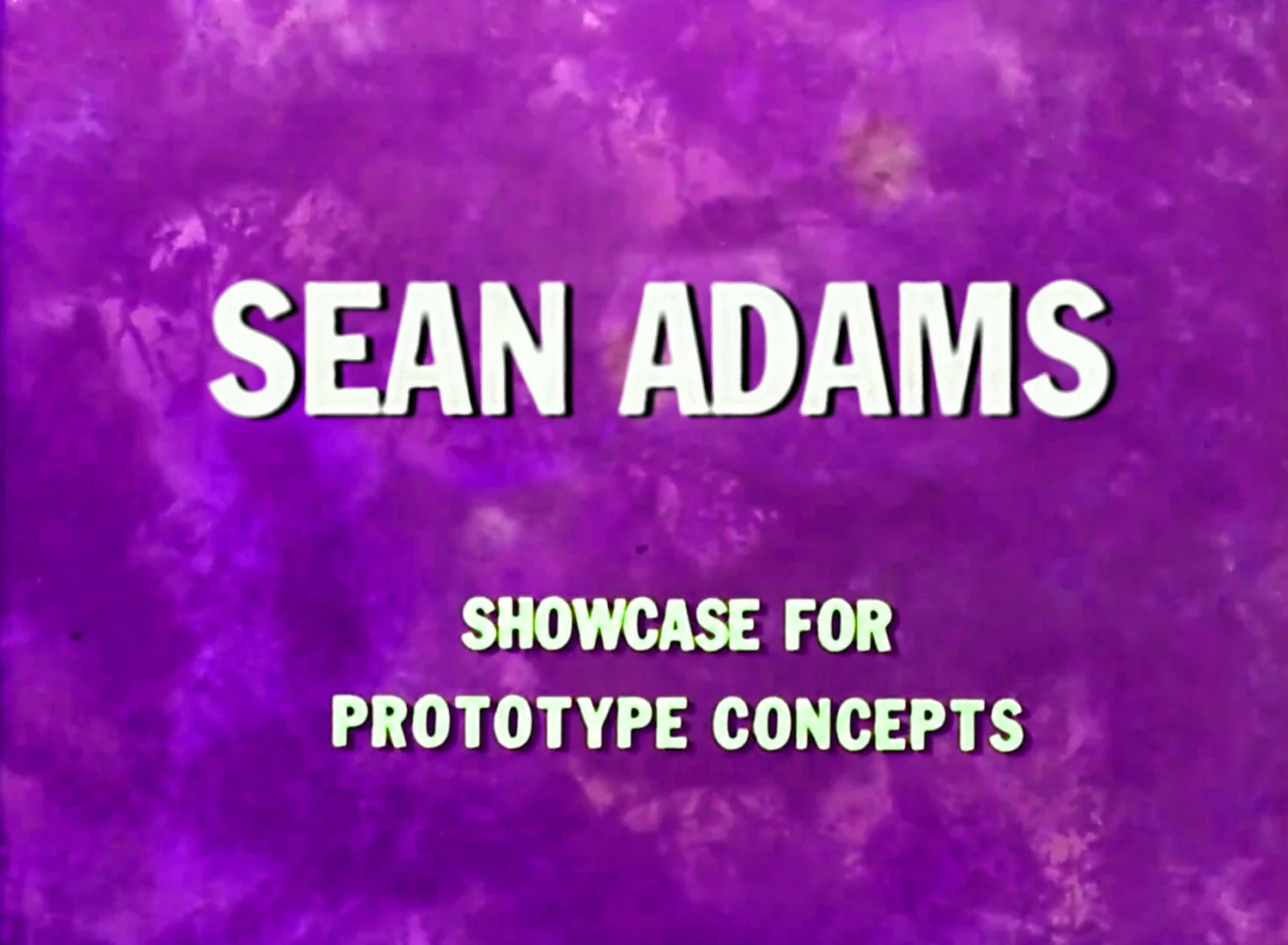The Petrified Fountain of Thought
Jean Cocteau’s La belle et la bête is one of the most beautiful films ever produced. If you think it is simply a black and white version of the Disney Beauty and the Beast, yes, you are wrong. Cocteau’s 1946 creation is soft, dreamlike, and romantic. It touches on surrealism, Jungian, and Freudian psychology. Each frame is sublime, yet compositionally erratic. Figures are askew, foreground objects hide the main action, and lighting is intentionally operatic. The intention is to create a narrative that is similar to a dream: symbols and the hidden information produce meaning.
The overt theme is that there is good in everyone. However, the characters all behave, at times, cruelly. The Cocteau version is about complex and contradictory behavior. There is subterfuge, hidden agenda, and betrayal mixed with compassion and kindness. Understanding the timing here is important. Cocteau produced La belle et la bête one year after the end of World War II. France was recovering from Nazi occupation, the puppet Vichy Regime, and years of combat. The war forced the French population into complex and unwelcome alliances to survive. The story can be viewed as one of understanding and sensitivity, or a Stockholm syndrome kidnapping. The duality mixed with the surreal set of symbols sets this apart from a simple fairy tale.










